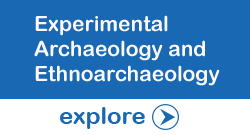Speakers:September_2020
Down Ancient Trails: About our Speakers
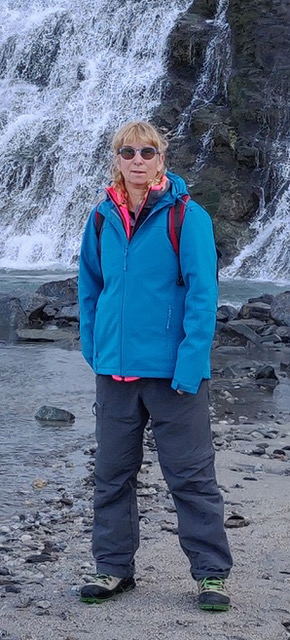 30th September. 6.30 pm (IST) Dr. Irit Zohar, Beit Margolin, Oranim Academic College, Kiryat Tivon, and Zinman Institute of Archaeology, University of Haifa, Israel. Topic: Identifying the roots of the “Blue Revolution”: Early evidence for fish proto aquaculture and trade in the Levant.
30th September. 6.30 pm (IST) Dr. Irit Zohar, Beit Margolin, Oranim Academic College, Kiryat Tivon, and Zinman Institute of Archaeology, University of Haifa, Israel. Topic: Identifying the roots of the “Blue Revolution”: Early evidence for fish proto aquaculture and trade in the Levant.
Abstract: The term “Blue Revolution” refers today to the intense growth in worldwide aquaculture. From chronological and cultural perspective our knowledge on the evolution of marine aquaculture is vague, mainly due to the fact that some of the main species used in aquaculture (i.e. Sparus aurata (Sparidae), Mugil cephalus (Mugilidae)) are abundant along the littoral and estuarine zones, and therefore cannot be used as a good marker for their exact fishing area. In this presentation I will demonstrate our ability to reconstruct past fish provenance, exploitation and trade patterns, by analyzing the co-existing carbonate and phosphate fractions of Gilthead seabream (Sparus aurata) tooth enameloid (Δ18OCO3-PO4 and δ13C) from archaeological sites across the southern Levant, spanning the entire Holocene.
The paired δ18OPO4-δ13C data of ancient fish teeth (from the PPN until the IA) indicate, for the first time, that since the Early Holocene Sparidae were exploited from two habitats:1). typical Mediterranean coastal water; 2). hypersaline lagoons, under high evaporation rates and limited carbon input from terrestrial (freshwater) source. Sparids tooth stable isotopes show that the formation of some hypersaline lagoons occurred already during the Early Holocene.
From the Late Bronze Age (LBA; 3,550–3,200 BP), a period of global, postglacial sea-level stabilization triggered the formation of the hypersaline Bardawil lagoon on Egypt’s northern Sinai coast. The δ18OPO4 analysis show that from since the LBA, for over two millennia, most of the S. aurata recovered from coastal and inland sites originated from the hypersaline Bardawil lagoon. The abundance of S. aurata, remains, their body size reconstruction, and Bardawil lagoon isotopic markers support the idea that their exploitation represents the earliest roots of marine proto aquaculture.
This study was performed in the Institute of Geosciences, Johannes-Gutenberg University of Mainz, Germany in collaboration with Dr. Guy Sisma-Ventura from the Israel Oceanographic and Limnological Research, Haifa, Israel and, with Prof. Thomas Tütken from the Institute of Geosciences, Johannes-Gutenberg University of Mainz, Germany.
Selected publications:
Sisma-Ventura, G., Tütken, T., Peters, S.T.M., Bialik, O.M., Zohar, I., Pack, A., 2019. Past aquatic environments in the Levant inferred from stable isotope compositions of carbonate and phosphate in fish teeth, PLoS One 14, e0220390.
Sisma-Ventura, G., Tütken, T., Zohar, I., Pack, A., Sivan, D., Lernau, O., Gilboa, A., Bar Oz, G., 2018. Tooth oxygen isotopes reveal Late Bronze Age origin of Mediterranean fish aquaculture and trade, Scientific Reports 8, 14086-14097.
Sisma-Ventura, G., Zohar, I., Sarkar, A., Bhattacharyya, K., Zidane, A., Gilboa, A., Bar-Oz, G., Sivan, D., 2015. Oxygen isotope composition of Sparidae (sea bream) tooth enamel from well-dated archaeological sites as an environmental proxy in the East Mediterranean: A case study from Tel Dor, Israel, Journal of Archaeological Science 64, 46-53.
Sivan, D., Greenbaum, N., Cohen-Seffer, R., Sisma-Ventura, G., Almogi-Labin, A., 2011. The origin and disappearance of the late Pleistocene–early Holocene short-lived coastal wetlands along the Carmel coast, Israel, Quaternary Research 76, 83-92.
Zohar, I., Artzy, M., 2019. The role of preserved fish: Evidence of fish exploitation, processing, and long-term preservation at the Eastern Mediterranean, during the Late Bronze Age (14th-13th Centuries BCE), Journal of Archaeological Science: Reports 23, 900-909.
Zohar, I., Belmaker, M., 2005. Size does matter: methodological comments on sieve size and species richness in fishbone assemblages, Journal of Archaeological Science 32, 635–641.
Zohar, I., Biton, R., 2011. Land, lake, and fish: Investigation of fish remains from Gesher Benot Ya‘aqov (paleo-Lake Hula), Journal of Human Evolution 60, 343–356.
Zohar, I., Cooke, R., 2019. The role of dried fish: A taphonomical model of fish butchering and long-term preservation, Journal of Archaeological Science: Reports 26, 101864.
Zohar, I., Dayan, T., Goren, M., Nadel, D., Hershkovitz, I., 2018. Opportunism or aquatic specialization? Evidence of freshwater fish exploitation at Ohalo II- a waterlogged Upper Paleolithic site. , PLoS One 13, 1-28.
About: Dr. Irit Zohar specialised in bioarcheology focusing on comparative anatomy and osteology of fish as a tool to identify fish remains recovered from: lacustrine sediments, animals gut contents, and archaeological sites (from the Lower Paleolithic to historical periods). Irit developed several taphonomical and anthropological models to explain the agent responsible for the deposition of fish remains (animal consumption, natural death, cultural activity), and their role in human evolution.
PAST LECTURES
SEPTEMBER 2020 Return to home page of Down Ancient Trails Speakers: May 2020 * Speakers: June 2020 * Speakers:July 2020, Speakers: August 2020
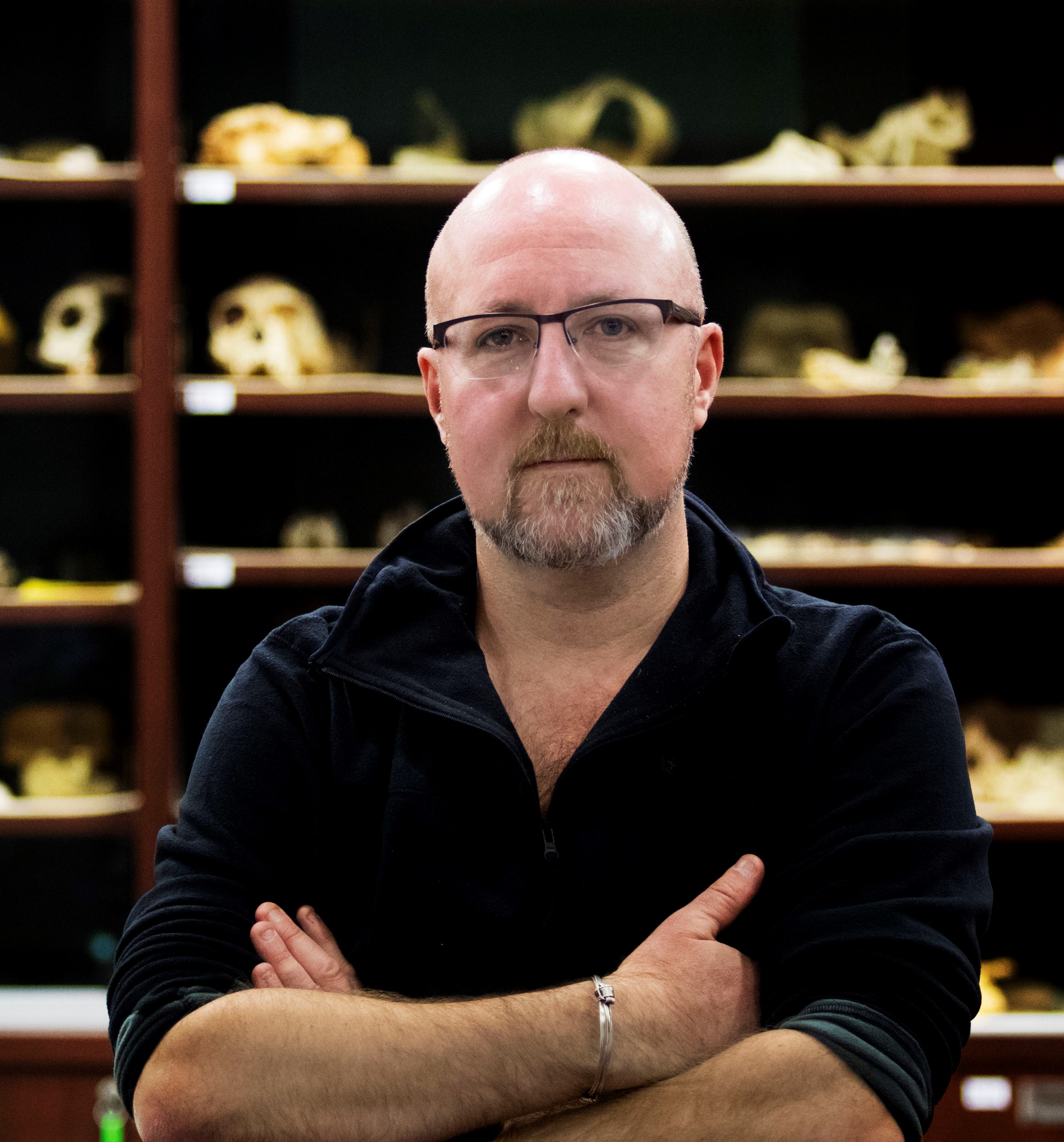 Dr Patrick Randolph-Quinney, Associate Professor of Forensic Science, Northumbria University, UK. Topic: The Past, Present and Future of Cave and Landscape Palaeoarchaeology at Makapansgat, South Africa
Dr Patrick Randolph-Quinney, Associate Professor of Forensic Science, Northumbria University, UK. Topic: The Past, Present and Future of Cave and Landscape Palaeoarchaeology at Makapansgat, South Africa
Abstract: The Makapansgat Valley UNESCO World Heritage site, Limpopo Province, has historically been viewed as one of the most important records of human evolution in South Africa. With sites spanning some 3 million years to recent, the valley has yielded fossils of Pliocene Australopithecus africanus and Middle Pleistocene archaic Homo, and archaeological signatures from the Acheulean of the Early Stone Age (c. 500,000 years ago) through to the Iron Age. The valley has been investigated since the 1920’s with much effort focussed on the Cave of Hearths, the most deeply-stratified Stone Age site in Limpopo province, and the Australopithecine Limeworks Site, taphonomic misinterpretation of which formed the basis for Raymond Dart’s Osteodontokeratic hypothesis. In keeping with many South African hominin-bearing cave systems, Makapansgat has often been viewed as a singular place where ‘all of human evolution happened’. Conceptually and methodologically such a view is unwarranted, particularly in the light of pan-African concepts of modern human origins. As such, this presentation will discuss the history of fieldwork in the valley in the context of historical cave excavations and more recent landscape work by our team. This has used a combination of excavation and field exploration – today coupled with drone survey and satellite imaging - focussing on understanding how early humans utilised their environment at a landscape level. The talk will discuss some of the major issues facing archaeologists in dealing with cave (‘closed’) versus landscape (‘open’) archaeology, to highlight the methodological and epistemological divide that sometimes exists between the two environments in how archaeologists interpret them.
About: Patrick Randolph-Quinney is Associate Professor of Forensic Science, Northumbria University, Newcastle upon Tyne, UK. His broad research interests concern the application of multi-disciplinary forensic sciences (anthropology, archaeology and taphonomy) into current medico-legal practice and the Evolutionary Anthropology of the deep past. As a taphonomist he has applied skillsets derived from forensic casework (having worked on homicides, fatal fires and mass graves from war crimes) to the deep past; this has included using the skills from modern forensic taphonomy to understand the context, decompositional environment and mortuary behaviours of Homo naledi. He is an experienced field worker and conducts fieldwork in Middle Pleistocene palaeo-archaeological deposits in the Limpopo region of South Africa, and is Co-Director of the Makapansgat Archaeological Landscape Project.
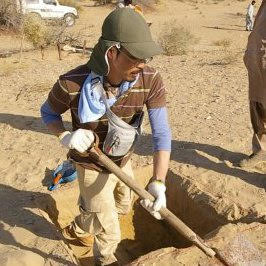 26th September, 6.30 pm (IST). Professor Atsushi Noguchi, Director-cum-Secretary General, NPO-JCSACH (Japanese Centre for South Asian Cultural Heritage), Tokyo, Japan
26th September, 6.30 pm (IST). Professor Atsushi Noguchi, Director-cum-Secretary General, NPO-JCSACH (Japanese Centre for South Asian Cultural Heritage), Tokyo, Japan
Topic: The Late Pleistocene Human Population History in the Japanese Archipelago
Abstract: The Japanese Archipelago is located at the eastern end of Eurasia. Its population history is composed of migration wave from the continent and internal evolution. The first expansion of population in the Archipelago is dated back to about 40ka. The route of migration is yet clear but archaeological evidences suggests the western entry. After this event, multiple migration occurred during MIS-2. While micro-blade arrived from the north, tanged-point dispersed in the western Japan from the Korean Peninsula. The talk will cover archaeological evidences of these series of peopling and cultural events with palaeo-environmental and genetic background.
References: TBA
About: An archaeologist, educated and trained in Japan. Major research interest is human dispersal into the Japanese Archipelago through Asia. Experienced field work in Japan, Syria, Pakistan, India, Oman, Iran and Uzbekistan.
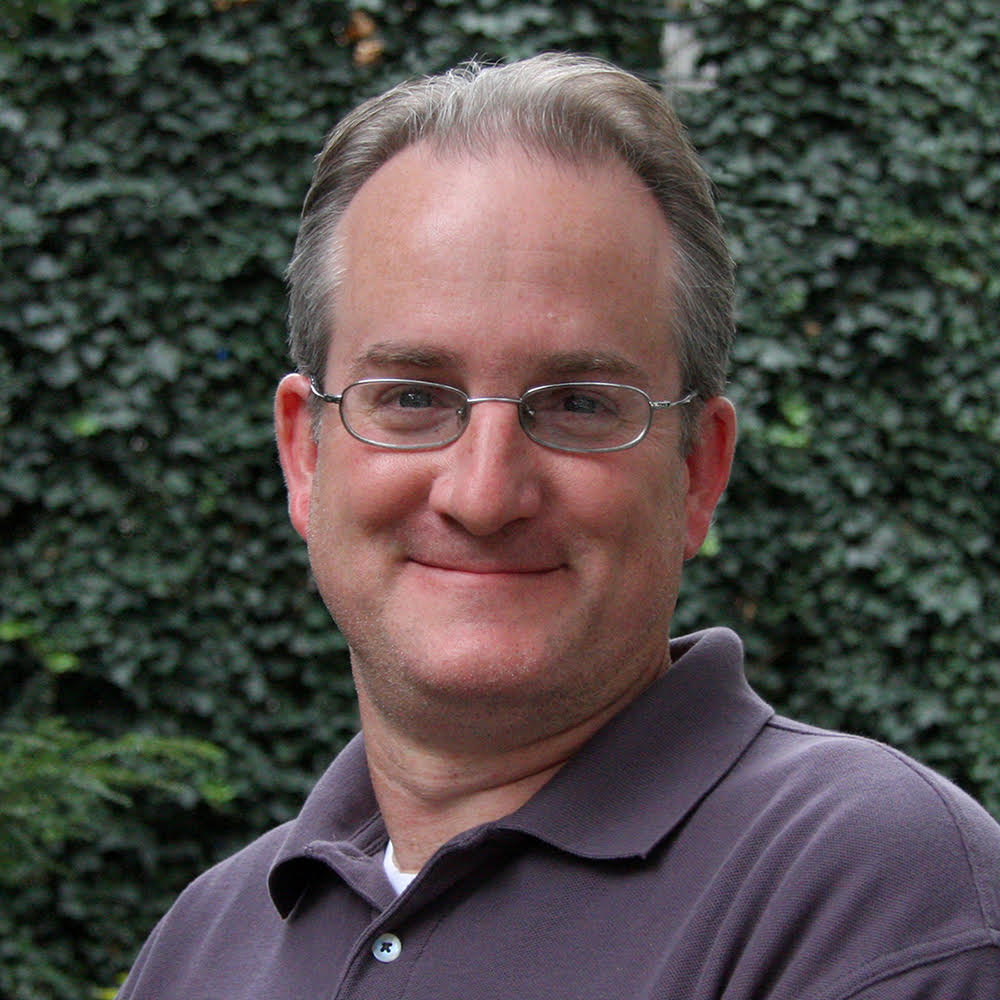
16th September, 6:30 pm IST. Professor Miguel Vilar, Department of Anthropology University of Maryland, and Senior Program Officer, Human Journey, National Geographic Society. Topic: The Origins and Genetic Distinctiveness of the Mariana Islanders of Micronesia
Abstract: Archaeological and linguistic evidence suggests the Marianas Islands were settled around 3,600 years before present (ybp) from Island Southeast Asia (ISEA). Around 1,000 ybp latte stone pillars and the first evidence of rice cultivation appear in the Marianas. Both traditions are absent in the rest of prehistoric Oceania. In order to examine the genetic origins and postsettlement gene flow of Chamorros of the Marianas Islands we analyzed 360 base pairs of the hypervariable-region 1 (HVS1) of mitochondrial DNA from 105 Chamorros from Guam, Rota, and Saipan, and the complete mitochondrial genome of 32 Guamanian Chamorros, and compared them to lineages from ISEA and neighboring Pacific archipelagoes from the database. Results reveal that 92% of Chamorros belong to the rare haplogroup E, found in ISEA but rare in Oceania. The two most numerous E lineages were identical to lineages currently found in Indonesia, while the remaining E lineages differed by only one or two mutations and all were unique to the Marianas. Seven percent of the lineages belonged to a single Chamorro-specific lineage within haplogroup B4, common to ISEA as well as Micronesia and Polynesia. These patterns suggest a small founding population reached and settled the Marianas from ISEA by 4,000 ybp, and developed unique mutations in isolation. A second migration from ISEA may have arrived around 1,000 ybp, introducing the latte pillars, rice agriculture and the homogeneous minority B4 lineage.
About: Dr. Miguel Vilar is a molecular anthropologist and science writer, and the former Lead Scientist for NGS’ Genographic Project, a fifteen-year-long anthropology study that aimed to map human migration patterns by collecting and analyzing DNA samples from hundreds of thousands of people from around the world. He also a Research Professor at the University of Maryland. Vilar earned his Bachelor of Arts in Anthropology from Haverford College and Master of Arts in Journalism from Columbia University. After a few years as a science writer for Popular Science, Science World, and the Smithsonian’s National Zoological Park, he returned to school to earn his Master of Science in Biomedical Anthropology, Master of Arts in Anthropology, and Doctorate in Anthropology from Binghamton University, in 2006, 2007 and 2010, respectively. After earning his doctorate, Vilar did a three-year Post-Doc Fellowship at the University of Pennsylvania, leading several field projects across Latin America for the Genographic’s North America Research Center.Today, his fieldwork takes him to Micronesia, Melanesia, South America, Mesoamerica, and the Caribbean. Whereas in the laboratory he studies the modern genetic diversity of human populations from Micronesia, Melanesia, Central and South America, and the Caribbean. He also researches the genetics of domestic animals (pigs, chickens, dogs and horses) and the cultural and biological implications of animal domestication on human evolution, population history and migration.In addition, Vilar is an experienced professor of Biology and Anthropology, having taught for academic departments in Binghamton University, Lincoln University, University of Pennsylvania, and the University of Maryland. Currently, Vilar publishes in both anthropology and genetics academic journals, as well as in popular science print magazines and online media. Vilar is also a genetics and anthropology consultant for National Geographic Magazine, National Geographic Expeditions, and National Geographic Television.
 15th September, 6.30 pm (IST), Professor Gonen Sharon, Multidisciplinary Studies, East Campus, Tel Hai College, Upper Galilee, Israel. Topic: Fishing for change – changing lifeways in changing environments during the Levantine Epipaleolithic
15th September, 6.30 pm (IST), Professor Gonen Sharon, Multidisciplinary Studies, East Campus, Tel Hai College, Upper Galilee, Israel. Topic: Fishing for change – changing lifeways in changing environments during the Levantine Epipaleolithic
Abstract: For more than 10,000 years between the peak of the Last Glacial Maximum and the beginning of the Holocene, people repeatedly returned to the same spot on the southern edge of Paleolake Hula in the Upper Jordan Valley to fish, hunt and exploit other aquatic or semi-aquatic resources at the Epipaleolithic site of Jordan River Dureijat. Preliminary data from the site reveal intermittent occupation of this locale by small groups of hunter-gatherers who engaged in short-term, task-specific activities when lake levels dropped and exposed the site. The unique waterlogged conditions at Jordan River Dureijat capture an unusually well-preserved record of human subsistence and other activities, as well as local environmental conditions across much of the Epipaleolithic. In the lecture we report the results of the first five seasons of excavation and interpret the understudied logistical activities of Epipaleolithic hunter-gatherers who we know best from their more sedentary camps.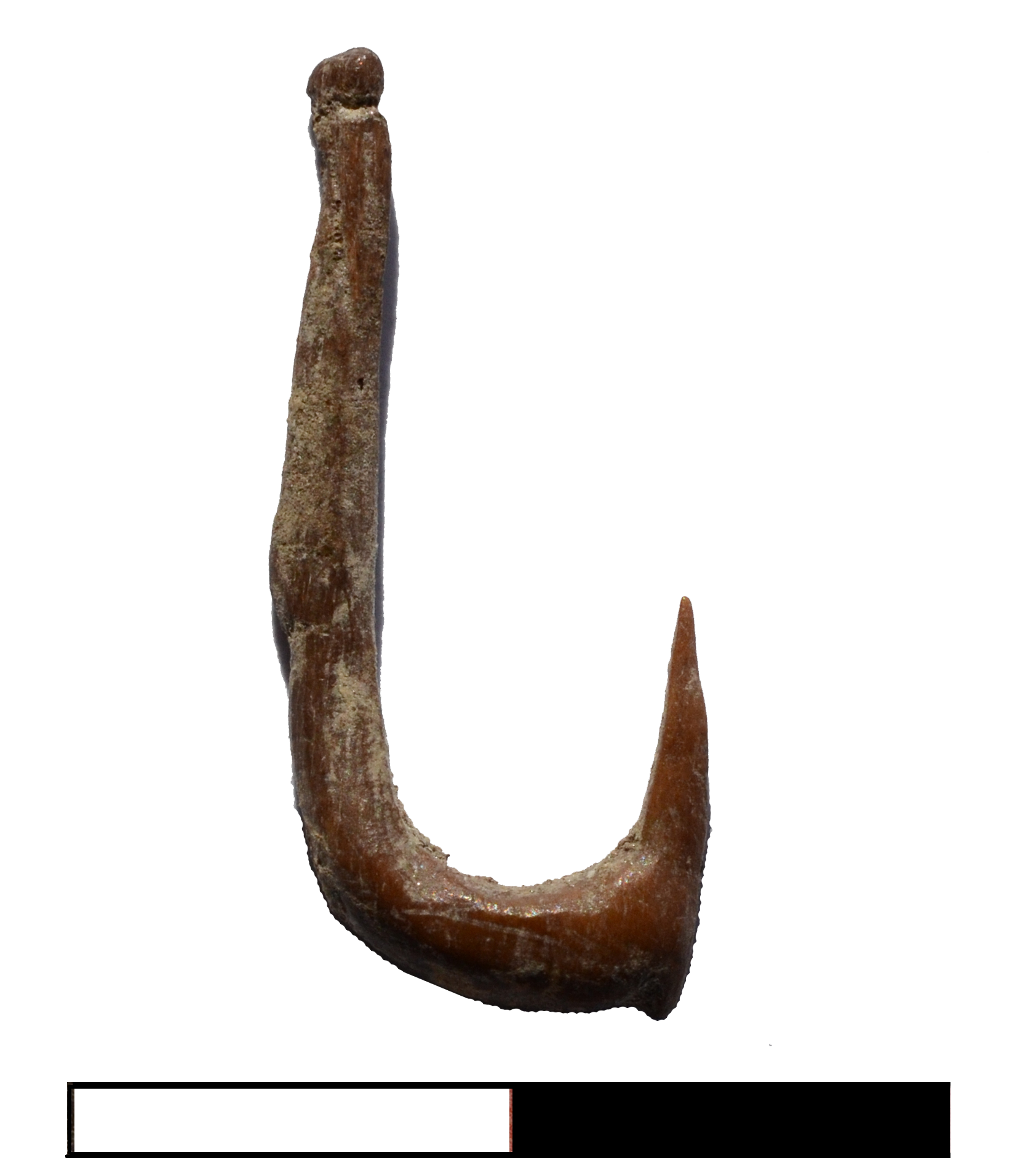
About: Gonen Sharon is a professor of Prehistoric Archaeology at the Tel Hai College in Northern Israel. Prof. Sharon research focus for over 20 years has been the prehistoric sites on the banks of the Upper Jordan River. He excavated at the Acheulian site of Gesher Benot Yaʿaqov and directed the excavation of the Mousterian site of Nahal Mahanayeem Outlet (NMO). In recent years Prof. Sharon is the director of the Epipaleolithic site Jordan River Dureijat (JRD) Excavation. Professor Sharon is the head of the Prehistory laboratory and the head of the Master Program in Galilee Studies at the Tel Hai College. He is also the curator of the Hula Valley Prehistory Museum in Kibbutz Maʿayan Baruch.
 9th September, 6.30 pm (IST). Professor Sheila Mishra, , Retired Professor, Deccan College, deemed to be University, Pune, India. Topic: Constucting a “World Prehistory” in 2020.
9th September, 6.30 pm (IST). Professor Sheila Mishra, , Retired Professor, Deccan College, deemed to be University, Pune, India. Topic: Constucting a “World Prehistory” in 2020.
Abstract: World Prehistory, at present, is an elusive concept. New methodologies and technologies have led to a huge increase in knowledge, but synthesis and a global overview is distant. Initially, the expansion of the “stone age” in the three age system (Daniels, 1962) provided a structure for a global view of Prehistory with the Lower, Middle and Upper Palaeolithic. This was synthesized primarily by Abbe Breuil (Breuil & Lantier, 1965) and taught by Miles Burkett at Cambridge(Burkitt, 1933). This structure began to fall apart on a global scale when both the South African (Goodwin, 1929) and East and South East Asian (Movius, 1944) areas did not seem to fit into the scheme based on discoveries in Europe. Graham Clarke (Clark, 1961, 1977) made an attempt to provide a new global structure with the substitution of “modes” of stone tool technology for the earlier system. At present, neither system is used very seriously and the most recent “World Prehistory”(Renfrew & Bahn, 2014), a successor to Clarke’s World Prehistory, is an encyclopaedia, rather than a synthesis. I consider that the overwhelming amount and variety of data related to the human story makes synthesis both more difficult and more important. As my continuous involvement in this field approaches almost half a century (counting from start of BA in Prehistory archaeology in 1971) perhaps it is understandable that this is my primary focus today and I would like to share with you my take on the overall structure of human evolution with the excitement of unimagined progress as well a glaring gaps in our knowledge.
Breuil, H., & Lantier, R. (1965). The men of the old stone age (palaeolithic & mesolithic): St. Martin's Press.
Burkitt, M. (1933). The Old Stone Age - A Study of Palaeolithic Times Cambridge: Cambridge University Press
Clark, G. (1961). World prehistory: an outline: Cambridge [Eng.]: University Press.
Clark, G. (1977). World prehistory: in new perspective: Cambridge University Press.
Daniels, G. (1962). The Idea of Prehistory. Cleveland: The World Publishing Company.
Goodwin, A. J. H. (1929). The Stone Ages in South Africa. Africa: Journal of the International African Institute, 2(174-182).
Movius, H. L. J. (1944). Early Man Pleistocene Stratigraphy in Southern and Eastern Asia. . Peabody Museum Paper, 19.
Renfrew, C., & Bahn, P. (2014). The Cambridge world prehistory: Cambridge University Press.
About: BA Hons in Prehistoric Archaeology from Simon Fraser University, Burnaby, Canada, MA and PhD Deccan College, Pune. Worked primarily in Western and Central India with independant work in the Bhima Basin and Godavari in Western Maharashtra and continuing work in the Narmada valley, Nimar region. Important sites studied are Bori, Morgaon and Mehtakheri, also Apegaon, Kaundaniyapur, Nevasa etc. Interested in Palaeolithic archaeology and placing Indian Palaeolithic in a global context.


